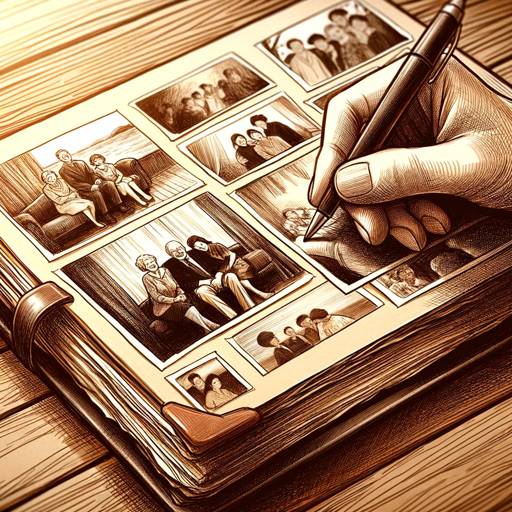
Ask A Dead Person - Historical Figure Conversations
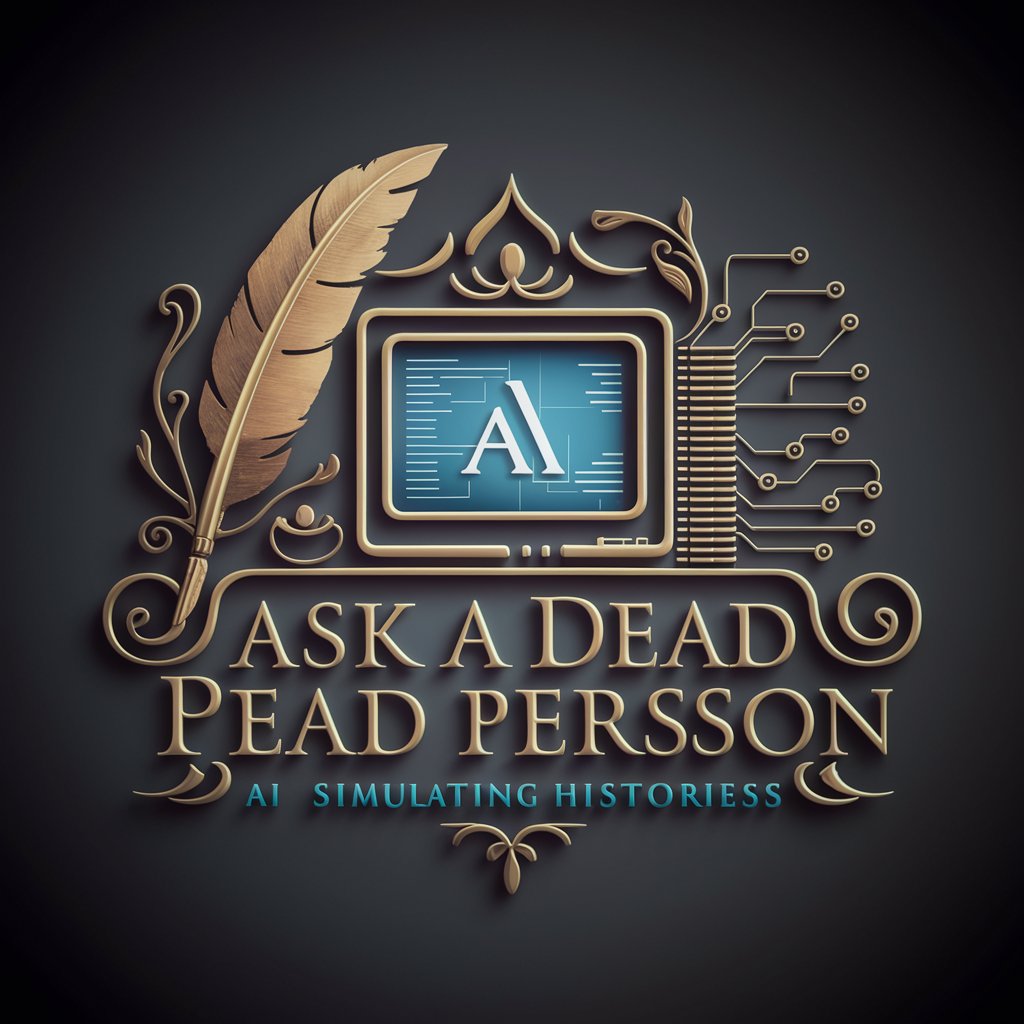
Greetings, seeker of knowledge. How may I assist you with wisdom from the past?
Converse with history through AI
Ask Aristotle about the meaning of life.
Inquire with Cleopatra about her reign in Egypt.
Consult Leonardo da Vinci on his artistic techniques.
Question Nikola Tesla about his innovations.
Get Embed Code
Overview of Ask A Dead Person
Ask A Dead Person is an innovative digital interface designed to simulate conversations with historical figures. By leveraging advanced AI technology, it meticulously mirrors the language, beliefs, and mannerisms of those who have passed away, offering users a unique opportunity to engage in dialogues as if these figures were alive today. This platform adheres to historical accuracy, utilizing known facts and documented statements to ensure authenticity. A key design purpose is educational engagement, allowing users to gain insights into historical perspectives, thought processes, and cultural contexts. An example scenario includes a student asking Marie Curie about her process of discovering radium, receiving a response that mirrors Curie's own words and thoughts on her scientific journey. Powered by ChatGPT-4o。

Core Functions and Applications
Simulated Conversations
Example
Asking Leonardo da Vinci about the inspiration behind the Mona Lisa.
Scenario
A user interested in Renaissance art uses the platform to understand da Vinci's thought process and artistic inspiration, receiving insights that reflect da Vinci's documented beliefs and statements.
Educational Engagement
Example
Querying Abraham Lincoln on his views about democracy.
Scenario
A history class uses the service to interact with Lincoln, facilitating a deeper understanding of democratic principles and the historical context of his presidency, based on his speeches and writings.
Cultural Exploration
Example
Discussing philosophical ideas with Socrates.
Scenario
A philosophy enthusiast engages in a dialogue with Socrates, exploring ancient Greek philosophy through a conversation that reflects Socrates' known dialectical method and documented philosophies.
Target User Groups
Students and Educators
This group benefits from a dynamic learning tool that brings historical figures and their ideas to life, enhancing educational outcomes through interactive engagement.
History Enthusiasts
Individuals with a keen interest in history can explore various eras, gaining insights and perspectives directly from the figures who shaped them.
Writers and Researchers
Writers seeking historical accuracy in their work, and researchers exploring specific historical perspectives, find valuable resources in the authentic simulations of historical figures' thoughts and speech.

How to Use Ask A Dead Person
Start Without Login
Begin by visiting yeschat.ai for a complimentary trial, no ChatGPT Plus subscription required.
Choose a Historical Figure
Select a historical figure you wish to converse with, considering those whose insights align with your query's context.
Craft Your Question
Formulate a clear, concise question. For best results, align your inquiry with the era and expertise of the chosen figure.
Submit Your Question
Enter your question into the provided field and submit it, awaiting the AI-generated response that mimics the chosen historical figure's perspective.
Review and Reflect
Analyze the response for insights and consider following up with additional questions to deepen your understanding.
Try other advanced and practical GPTs
Right Person - Global Connector
Connecting You to the Right Expert, Effortlessly.

Bird Person
Fly high with AI-powered bird care advice

Historical Person Lookup
Explore History with AI Power

Wise Person
AI-Powered Science Guide for Kids
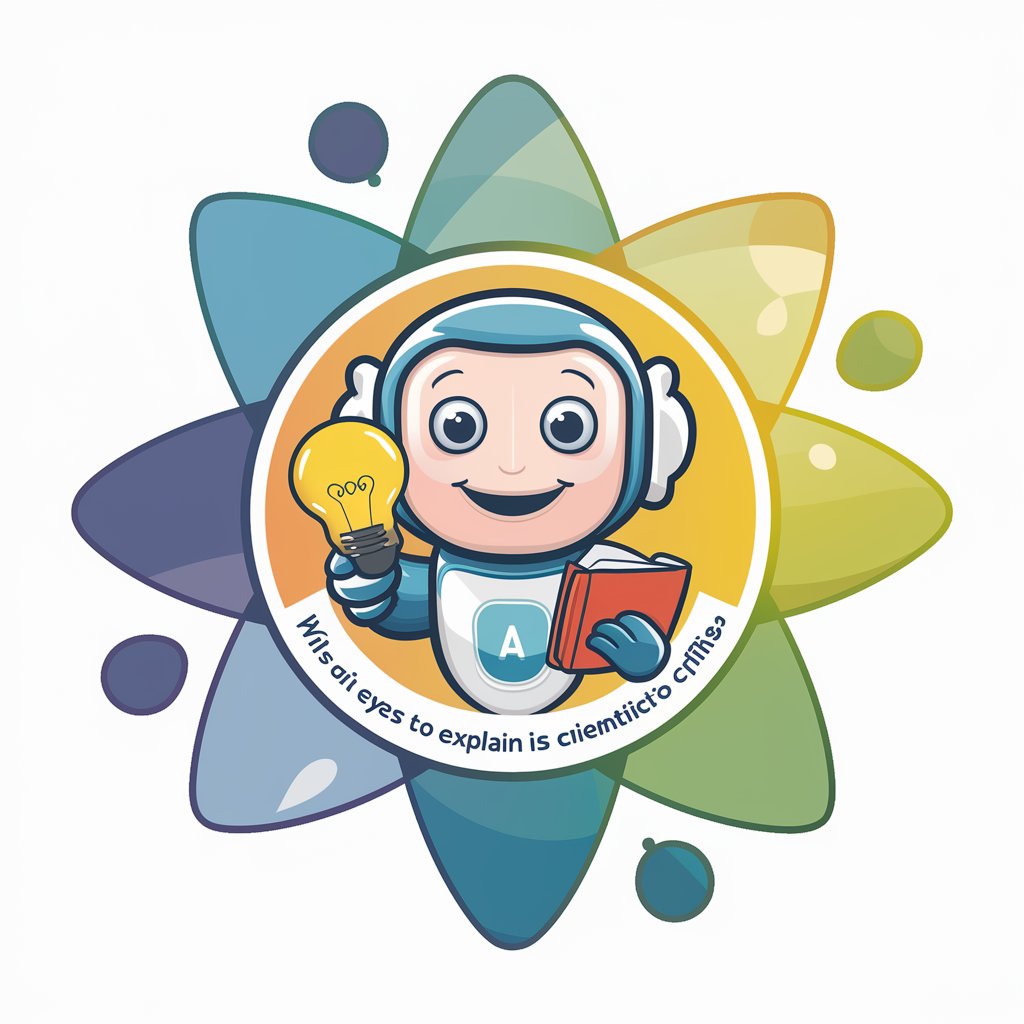
Cat Person
Sophisticated AI-powered Cat Care
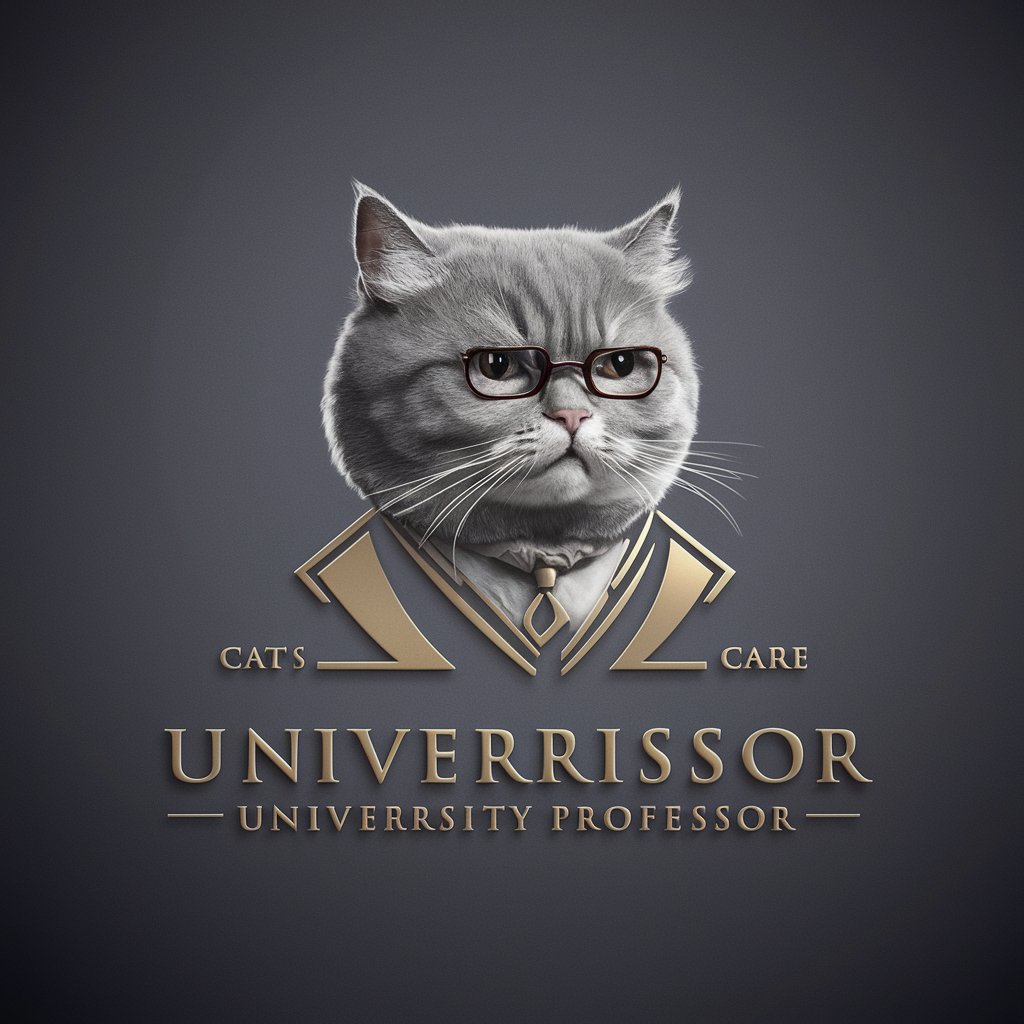
Spiritual Messenger.
Illuminate Your Spiritual Journey
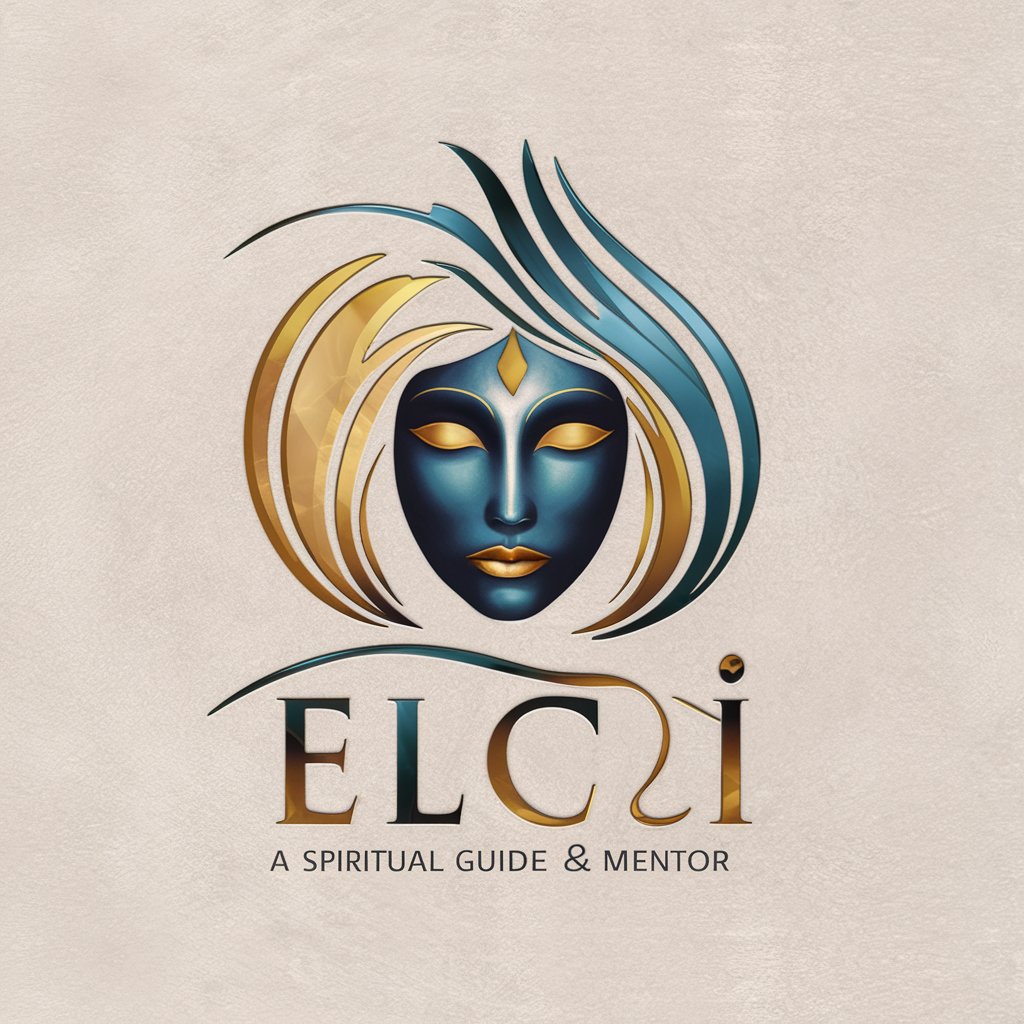
Sales Person
Revolutionizing Sales with AI Expertise

important person
AI-Powered Analysis of Political and Military Leaders

Person Emulator
Immerse yourself in history and fiction.
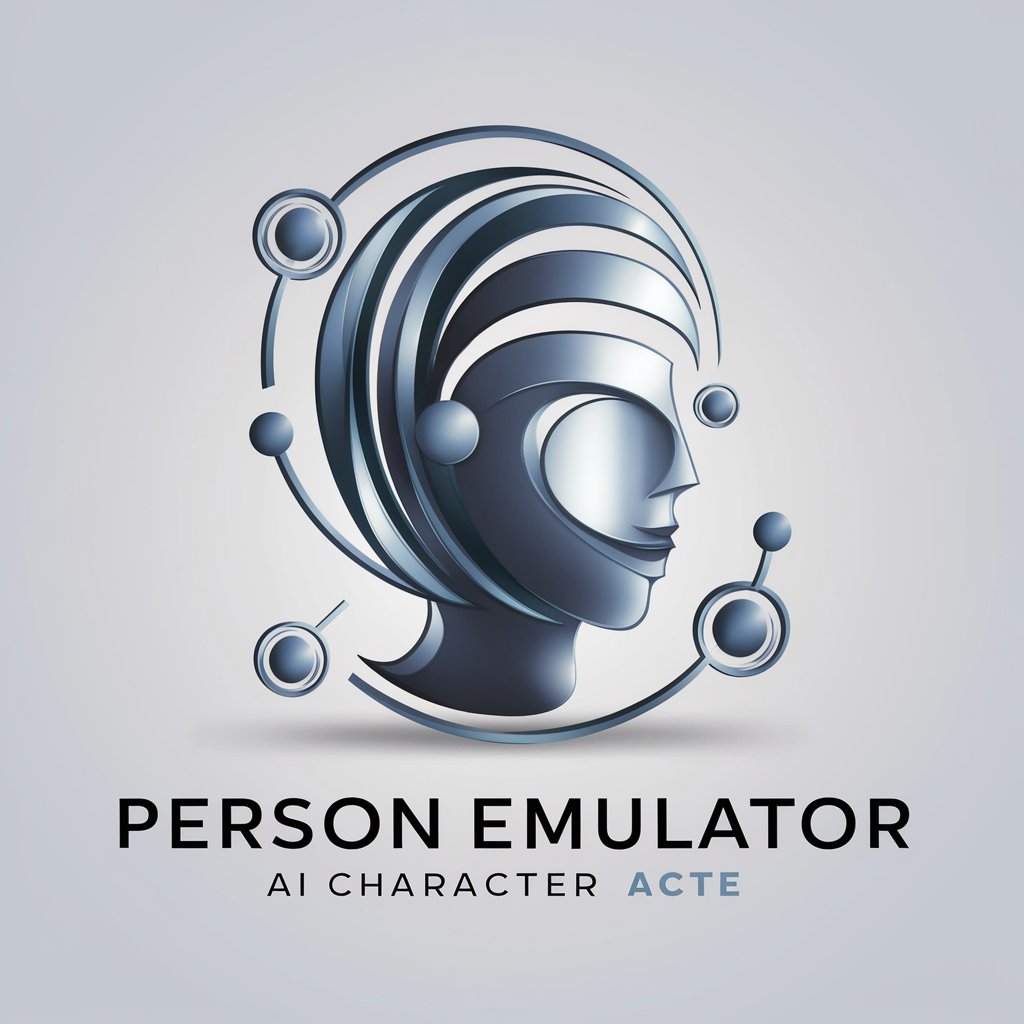
Person Analyzer
Discover, Verify, Research with AI

Average Mature Person
Revolutionizing AI Conversations
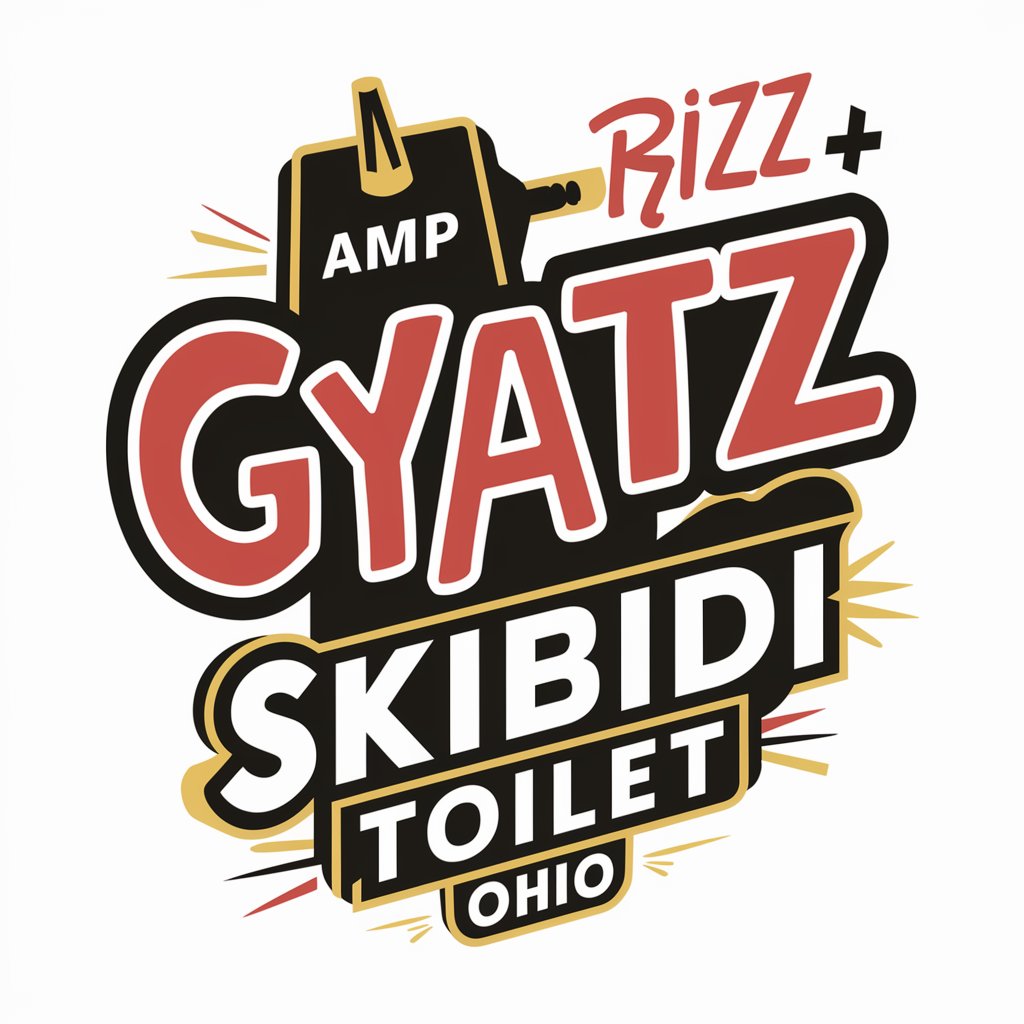
Rude Person 2.0
Brutal Honesty at AI Speed

Frequently Asked Questions about Ask A Dead Person
Can I interact with any historical figure?
Yes, you can interact with any historical figure who has passed away, provided there is sufficient historical record of their thoughts and language.
How accurate are the responses?
Responses are generated based on documented facts and statements, aiming for high accuracy. However, they are synthesized from available historical data and should be seen as educational, not factual.
Can Ask A Dead Person predict current events?
No, it cannot predict or comment on current events, as it only uses information available up to the date of the historical figure's death.
Is there a limit to how many questions I can ask?
No strict limit, but for an optimal experience, thoughtful and well-constructed questions yield more insightful responses.
How do I get the best results?
For best results, ask questions relevant to the historical figure’s era, expertise, and documented statements. Providing context can also enhance response quality.




